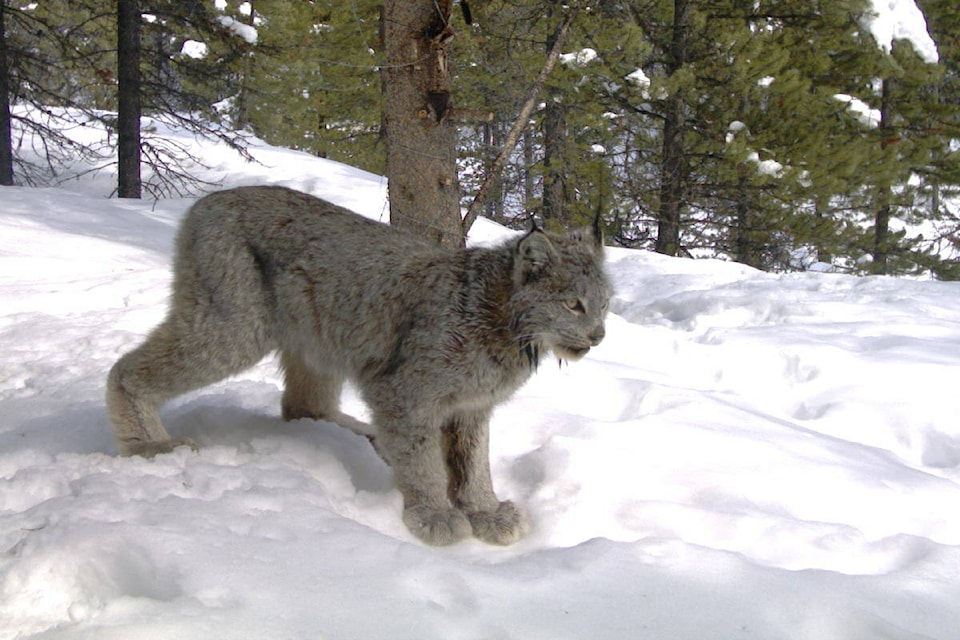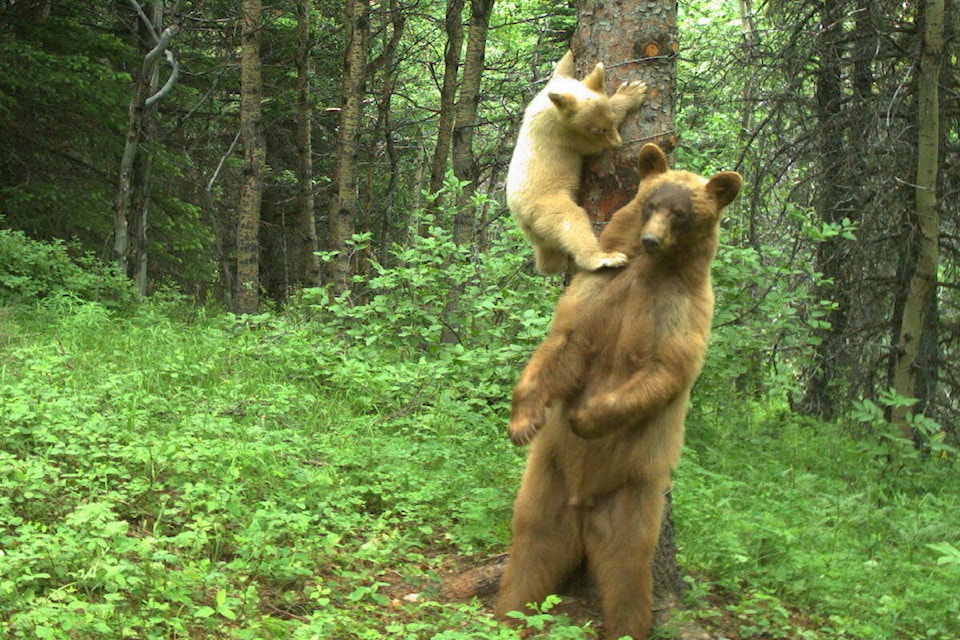As widespread social shutdowns took hold in the early days of the pandemic, common were stories of animals resurging in a way where even safari dwellers were wandering through empty city streets.
While there were cases of increased animal activity, some others were exaggerated and studies didn’t have much data backing the idea of animals reclaiming urban territory globally.
However, the pandemic offered a rare opportunity to look into how animals may respond to quieter urban settings, along with higher numbers of people visiting natural areas.
University of Victoria ecologist Jason Fisher was among the over 250 scientists from around the globe who pooled their data from camera traps – which record animals in nature – to see how wildlife reacted as humans used some spaces less and other areas more.
The researchers didn’t expect to see a pattern matching the narrative that said animals were flocking to populated areas. Their findings, which were recently published in the journal Nature Ecology and Evolution, reflected that hypothesis as they observed highly variable responses within and between individual species and animal groups.
“Like everything in ecology, the real beauty in it is the complexity and the wide array of how animals deal with this sort of rogue element – humans – in their landscape, and that in itself was a really fascinating outcome,” Fisher said.
The University of British Columbia-led study found that in less modified landscapes, such as parks, mammals were less active as human activity increased – due to people leaving shuttered cities to explore nature. That behaviour was especially present among predators.
In highly modified landscapes, like cities and residential areas, the researchers observed animals were more active in places with human activity, but they became more nocturnal.
“Instead of trading off spaces with humans, like they do in less modified landscapes, they traded off time with humans,” Fisher said.

The UVic scientist said the study suggests animals are better adapted to dealing with people in more developed areas because the mammals changed the time of day they were present to avoid humans. That contrasts with more natural spaces where animals just got out of the people’s way entirely.
Large carnivores were the most sensitive to changes in human activity, the researchers found.
“They were the smartest in terms of making the spatial and temporal changes to stay out of humans’ way,” Fisher said, noting that’s likely due to people heavily persecuting larger carnivores like bears, wolves and big cats in recent centuries.
“They have lots of reason to have learned to stay out of our way and that has really manifested in the results that we found from all over the world.”
The adaptability of species, and the different ways in which they change their behaviour, is highlighted in the study, Fisher said.
“There are so many different ways to tackle a challenge and animals have found multiple different ways to do it,” he said. “We really haven’t achieved a balance yet between humans and animals, especially as our population is growing so fast and development is growing so fast.”
Animals navigating that imbalance will need to be flexible and the study shows they have the ability to adapt, Fisher said.
“I think it gives us hope for the future that we can coexist despite humankind’s continued spread throughout the planet.”
The finding that mammals were avoiding the influx of humans in natural spaces should lead to big management changes in parks and protected lands, the researcher explained.
In the past, it was expected animals in those spaces were fine because they wouldn’t be impacted by activities like forestry or oil drilling. But Fisher said scientists in the emerging field of recreation ecology are finding that even someone walking or biking along a nature trail causes animals to change their behaviour.
The study, bringing together a global network of camera traps, is extremely important as Fisher said the inclusion of data from places in South America, Africa and southeast Asia allowed researchers to make global inferences.
He added there tends to be a North American and European bias in scientific research since wealthier countries can fund that work, yet Earth’s more southern regions are where most of the global biodiversity lies.
“That’s where the research really needs to be.”
READ: Cougar spotted in Saanich back yard prompts police warning
